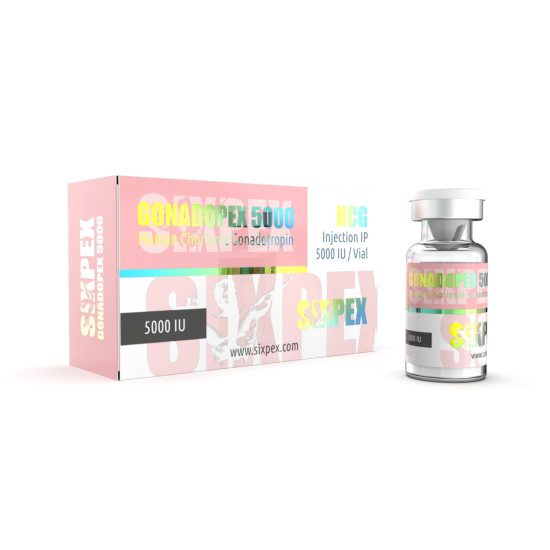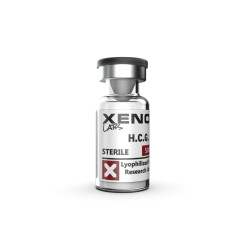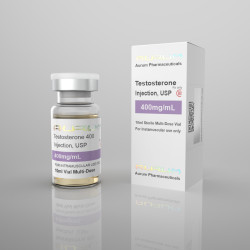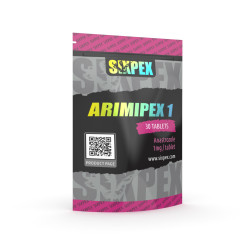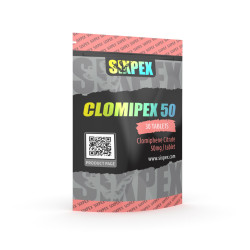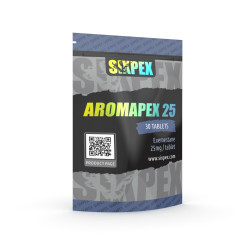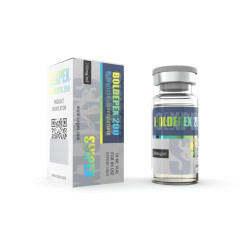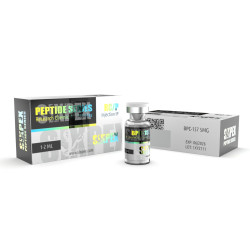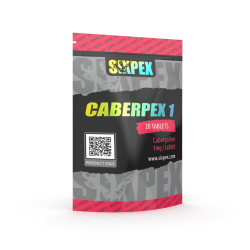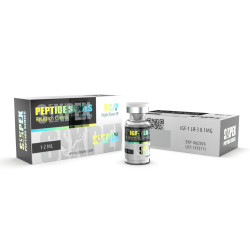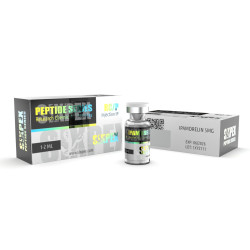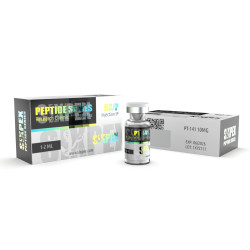SIXPEX Gonadopex 5000 (HCG)
Login to access member privileges...
SIXPEX Gonadopex 5000 (HCG)
Manufacturer: Xeno LabsSubstance: Human Chorionic GonadotropinPack: 5000iu / vialExploring the Use and Dosage of Human Chorionic Gonadotropin in ..
Manufacturer: Aurum PharmaceuticalsSubstance: Testosterone Enanthate- 200mg &n..
Manufacturer: SixpexSubstance: AnastrozolePack: 30 tabs. (1mg/tab.)The Comprehensive Guide to Anastrozole Usage and Dosage in Bodybuilding1. Introduct..
Manufacturer: SixpexSubstance: Clomiphene CitratePack: 30 tabs. (50mg/tab.)Optimizing Clomiphene Citrate Usage and Dosage for Post Cycle Therapy1. Int..
Manufacturer: SixpexSubstance: AnastrozolePack: 30 tabs. (1mg/tab.)The Comprehensive Guide to Anastrozole Usage and Dosage in Bodybuilding1. Introduct..
Manufacturer: SixpexSubstance: ExemestanePack: 30 tabs. (25mg/tab.)..
Manufacturer: SixpexSubstance: Boldenone UndecylenatePack: 10 ml vial (100 mg/ml)..
Manufacturer: SixpexSubstance: Body Protection Compound 157Pack: 5mg / vial..
Manufacturer: SixpexSubstance: CabergolinePack: 20 tabs. (1mg/tab.)The Comprehensive Guide to Cabergoline Usage and Dosage in Bodybuilding1. Introduct..
Manufacturer: SixpexSubstance: Body Protection Compound 157Pack: 5mg / vial..
Manufacturer: SixpexSubstance: Insulin-Like Growth Factor 1Pack: 0.1mg / vialThe Comprehensive Guide to IGF-1 LR-3 Usage in Bodybuilding1. Introd..
Manufacturer: SixpexSubstance: IpamorelinPack: 5mg / vialThe Comprehensive Guide to Ipamorelin: Usage, Effects, and Side Effects1. Introduct..
Manufacturer: SixpexSubstance: BremelanotidePack: 10mg / vialThe Comprehensive Guide to PT-141 in Bodybuilding1. Introduction to PT-141Bodybuilde..
Manufacturer: SixpexSubstance: SemaglutidePack: 5mg / vialThe Efficacy and Dosage of Semaglutide for Weight Loss1. Introduction to Semagluti..

